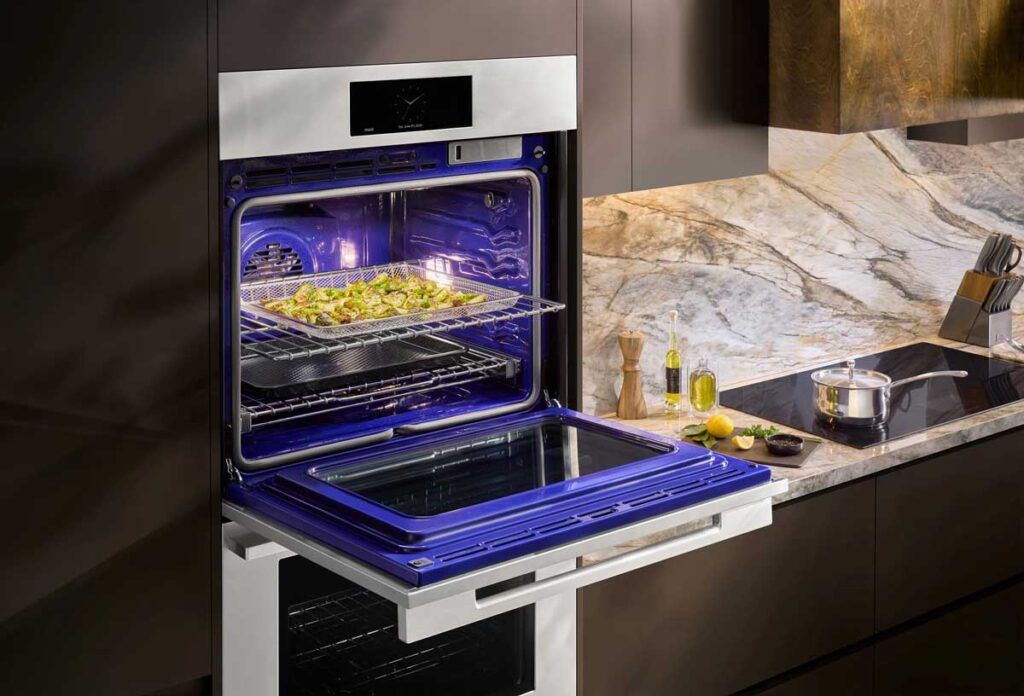More Entry-Level Homebuilding Means Smaller Kitchens and Baths, but Reliable Revenue

By NKBA Editorial Staff
Prevailing economic factors, especially persistently high borrowing rates, have led to an acute shortage of available homes. Many homeowners, who secured mortgages when rates were far more favorable, are staying put because they don’t want to move and take on higher mortgage rates.
This has posed a unique challenge for first-time homebuyers. Many are compelled to purchase newly built homes that don’t necessarily match their vision for their first home. But they have little choice, based on market conditions.
Here are some notable insights about new home construction and sales trends and their impact on the K&B industry from NKBA’s 2024 Kitchen & Bath Market Outlook Update:
Healthy New Home Sales Market
The undersupply of existing homes resulted in new homes gaining a historical share of total home sales in the first quarter of 2024, although this trend is starting to moderate. Based on these strong first quarter numbers, large builders are optimistic about overall single family sales and forecast 10 percent new home sales growth for 2024, up from 4 percent in 2023.
Prioritizing Affordability
Homebuilders, attuned to buyers’ concerns about affordability, are building a greater than previously anticipated share of homes that are entry-level and smaller, with more modestly sized kitchens and primary baths. These homes are value engineered to manage costs and feature lower-cost cabinets, lighting and plumbing fixtures. Builders are also offering buydowns and other incentives to make homes more affordable.
Modest Decline in New Homebuilding K&B Spend
New construction K&B spending is expected to decline slightly (-2 percent) to $108 billion in 2024, driven by several factors: a decline in starts (-6 percent), a shift towards multifamily completions for most of 2024 and a trend towards smaller kitchens and baths.
The decline in new construction is being partially offset by an increase in single family home builds, labor and material inflation, and larger kitchens in move-up homes.
New Construction Drives Most PRO Spending
According to the Market Outlook report, more than 70 percent of PRO spending on residential K&B projects – about $107 billion out of $150 billion total — will come from new construction projects. The second highest source: high spend remodels, at approximately $32 billion.
“Naturally, the K&B industry experiences the most growth when it’s firing on all cylinders, with strong activity in both new construction and remodeling,” said Bill Darcy, NKBA | KBIS Global President & CEO. “In this fiscally challenging environment, both sectors are definitely constrained. But the continued pace of new home construction remains a critical driver of K&B industry revenue, even as we wait for an economic shift that should provide a significant boost across the board.”






















